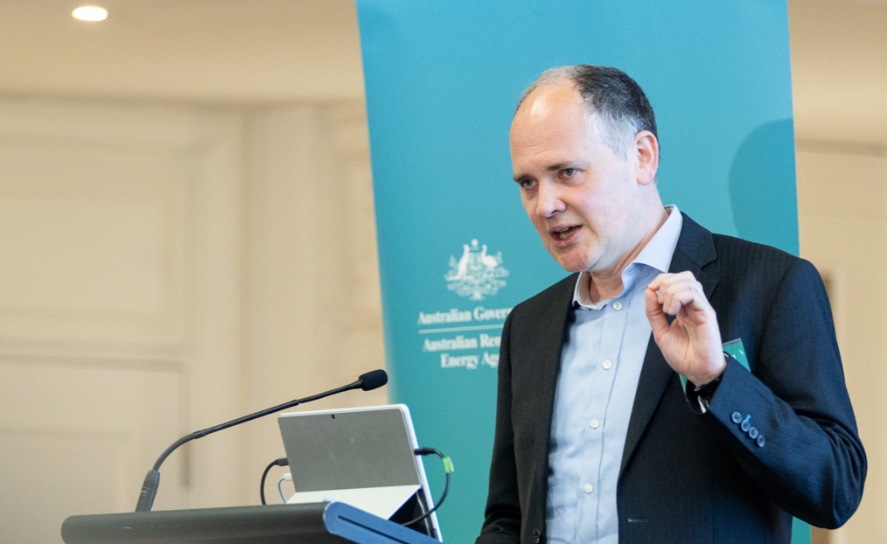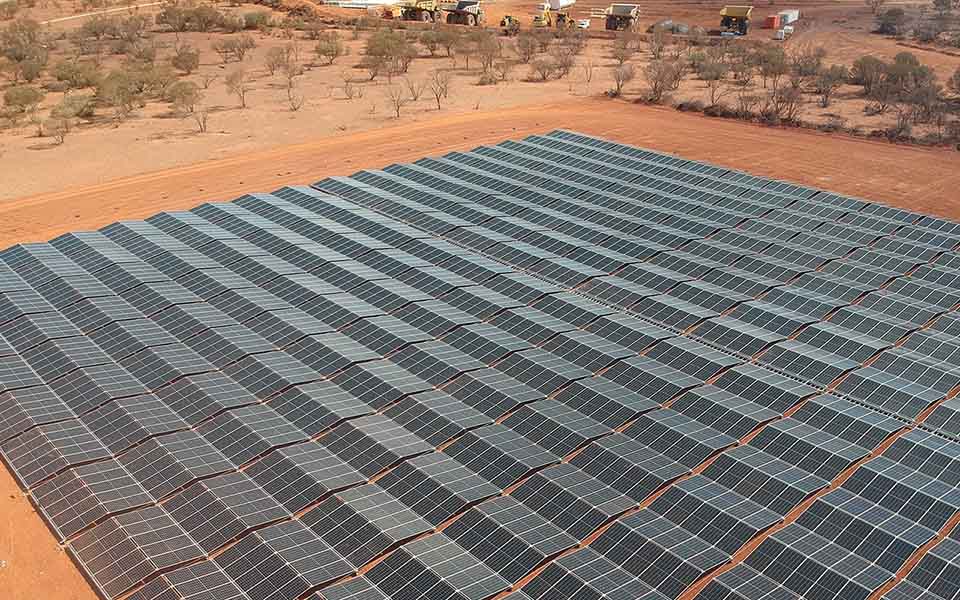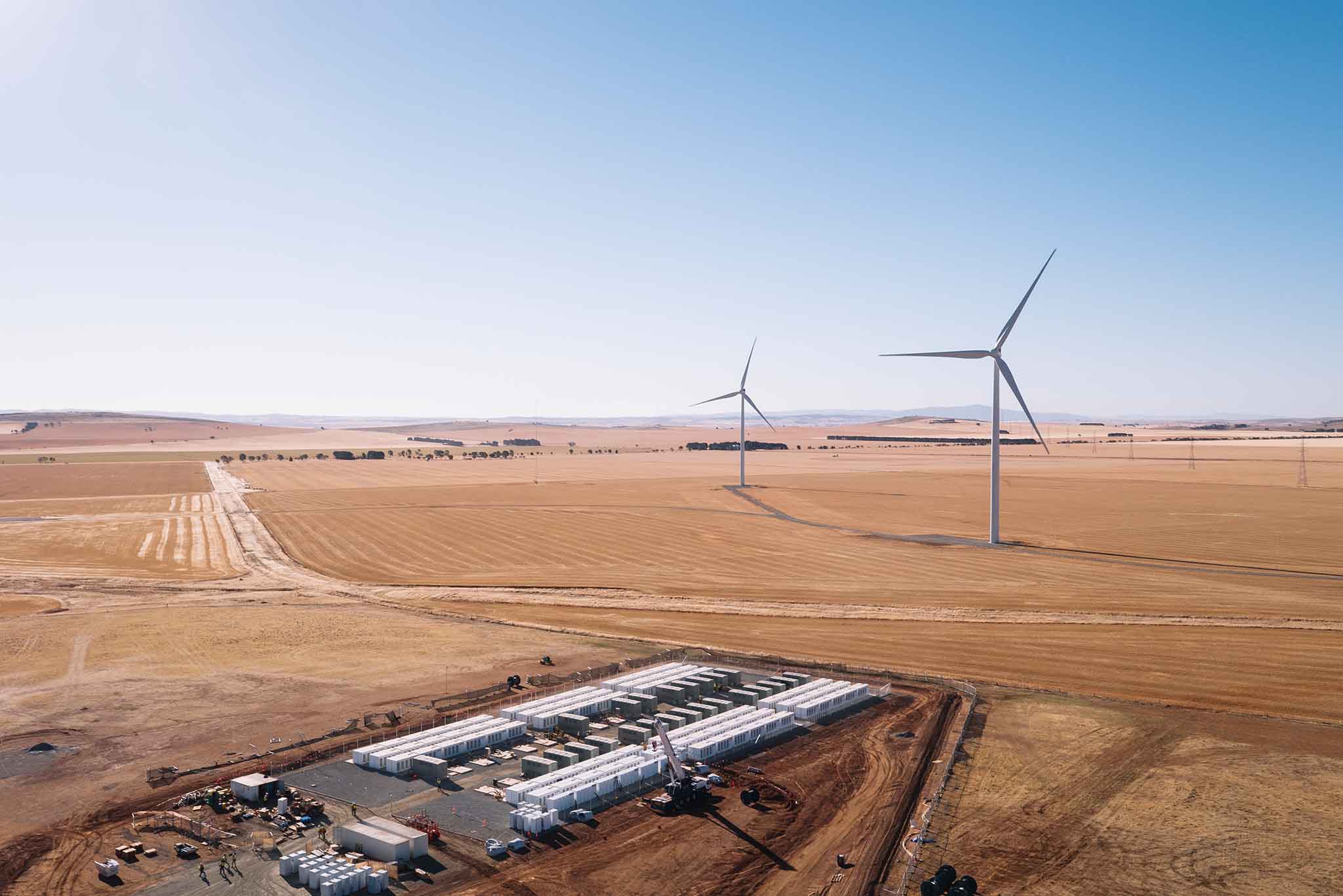Summary
Gelion will construct an Advanced Commercial Prototyping Centre (ACPC) to produce and test a new generation of lithium batteries with sulphur-cathodes and validate with partners.
Need
The growing use of renewable technologies has led to a higher demand for battery energy storage. While lithium-ion batteries (LIBs) are common, lithium-sulphur (Li-S) batteries present several advantages, such as:
- Higher energy density: traditional LIBs can achieve a gravimetric energy density upwards of 300 Wh/kg, while Gelion’s Li-S batteries aim to achieve a gravimetric energy density of at least 400 Wh/kg.
- Increased safety: Li-S battery cathodes and electrolyte are more stable at high temperatures, reducing thermal runaway and explosion risks.
- Cost-effective supply chains: Compared to LIBs which can use expensive materials such as nickel and cobalt in their cathodes, Li-S batteries use abundant and locally available materials like sulphur and carbon in the cathode.
However, traditional Li-S battery technologies are hindered by high degradation rates due to:
- Polysulphide shuttling, where sulphur compounds dissolves in the electrolyte and move from the cathode to the anode and degrade through a variety of mechanisms.
- Incompatibility with traditional electrolytes.
- Growth of lithium dendrites on the anode.
Action
Gelion aims to refine its patented electrolyte and cathode technologies to limit polysulphide shuttling, and to ensure compatibility with silicon and lithium-metal anodes.
The Project will involve the deployment of pouch battery cell manufacturing and testing equipment, followed by the incremental design and testing of progressively larger Li-S batteries with various anodes (up to 10Ah). The manufacturing facility will produce modest volumes (around 30kWh per year) of pouch battery cells, cathodes and electrolyte materials for testing by potential customers and investors.
Throughout the project, Gelion will iteratively test and transition from coin cell prototypes to pouch cell prototypes, conducting internal and third-party performance and safety testing to inform the final product design and use cases for larger offtake agreements as commercialisation progresses.
Outcome
The objective of the Project is to advance the commercialisation of Gelion’s Li-S technology by producing prototypes that demonstrate progress, and which attract further investment for future development. The next stage of development would be a pilot manufacturing plant capable of manufacturing 3-6 MWh per year.
The objectives for the Project will be achieved through the following Outcomes:
- acceleration of commercialisation of Li-S and Si-S battery technologies; and,
- an increase in the skills and domestic capacity for novel battery chemistry development and testing.




